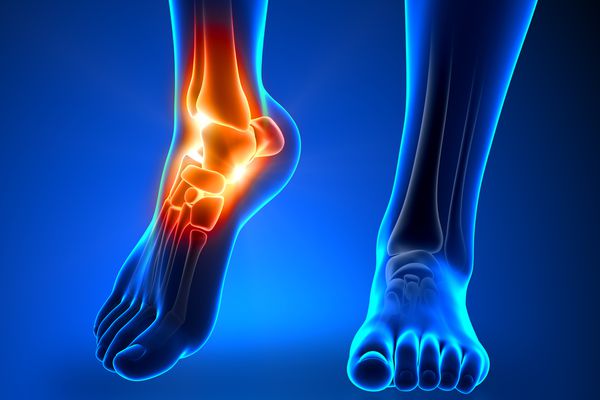
These are often confused with corns. Corns are thick skin on your feet that are painful when you walk. Verrucae and Warts are viral infections that cause think skins, and these hurt when you walk.
Verrucae are a type of wart that develops and affects the bottom of your feet. They are generally harmless. However if not treated promptly they can take months and sometimes years to get rid of.
Warts can and do spread around the body and they can be passed onto other people. This means that you can infect other people in the family, or can be infected by them. It is normal to get them when you share changing rooms or shower facilities (like swimming pools, or gyms) with other people.
Like most infections, they can be removed. Please do not worry, we here at Bucks Foot Clinic can assist you. We can tell you if you have a corn or a verruca’s, and we can help you manage this. We can make sure you have the correct tools to get rid of them.
Top 10 ways to prevent Verrucas / Warts
- Always avoid direct contact with warts, this includes your own warts, always remember to wash your hands after touching the warts / verruca.
- Keep your feet clean and dry, change your socks shoes regularly.
- Avoid walking barefoot around swimming pools locker rooms and gym’s
- Do not pick, scratch warts. They are viral infections and can spread easily
- Do not use the same emery board, pumice stone, or nail clippers that you would use on healthy skin.
- Do not share nail clippers, pumice stones or emery boards with other people. You can pass the infection to them or get it from them
- Boil / wash you socks and bedsheets to prevent passing the virus to other people
- Wear a pair of verrucae socks or use a use a transparent verrucae spray which can stop you getting re-infected.
- Do not share socks or shoes with other people
- Wear flip-flops or wet shoes in communal areas. This prevents the infection of your feet. Keep a pair of flip-flops or wet shoes when you go to the pools or to the changing room shower.
Treatments
Over the counter medicines rarely work. They are not as strong as the medicines given by us, as your podiatrists. We can make sure that we fit the right treatment to your verruca.
The longer it is left, the harder it is to remove, and more invasive methods are needed to aggressively attack the verruca infection.
Some of the methods we use include
At Bucks Foot Clinic, we have invested in the latest technologies. The latest machine in the fight against verruca is the Swift microwave machine. We have used this over the last few months with excellent results on stubborn verrucae.
We can use stronger acids (like the ones found in over the counter packaging) to make sure the verruca is cleared out.
We can freeze or use Cryosurgery to freeze the verruca. This is used by applying liquid nitrogen onto the verruca. We can use chemical therapy (chemotherapy), where we use a selection of different chemicals and acids to treat the virus.
We can use, dry needling, where we can force the blood in the body to fight the verruca naturally. This can remove the most stubborn verrucae. We also use homeopathy where we use natural algae to help the body fight the verruca.
With so many options available on the table, and with your particular case, we can find the right solution to get rid of your verruca.
We can use the latest state of the art equipment, or we can work the natural methods to remove the verruca that is there. Together we can find the perfect solution.


















Recent Comments